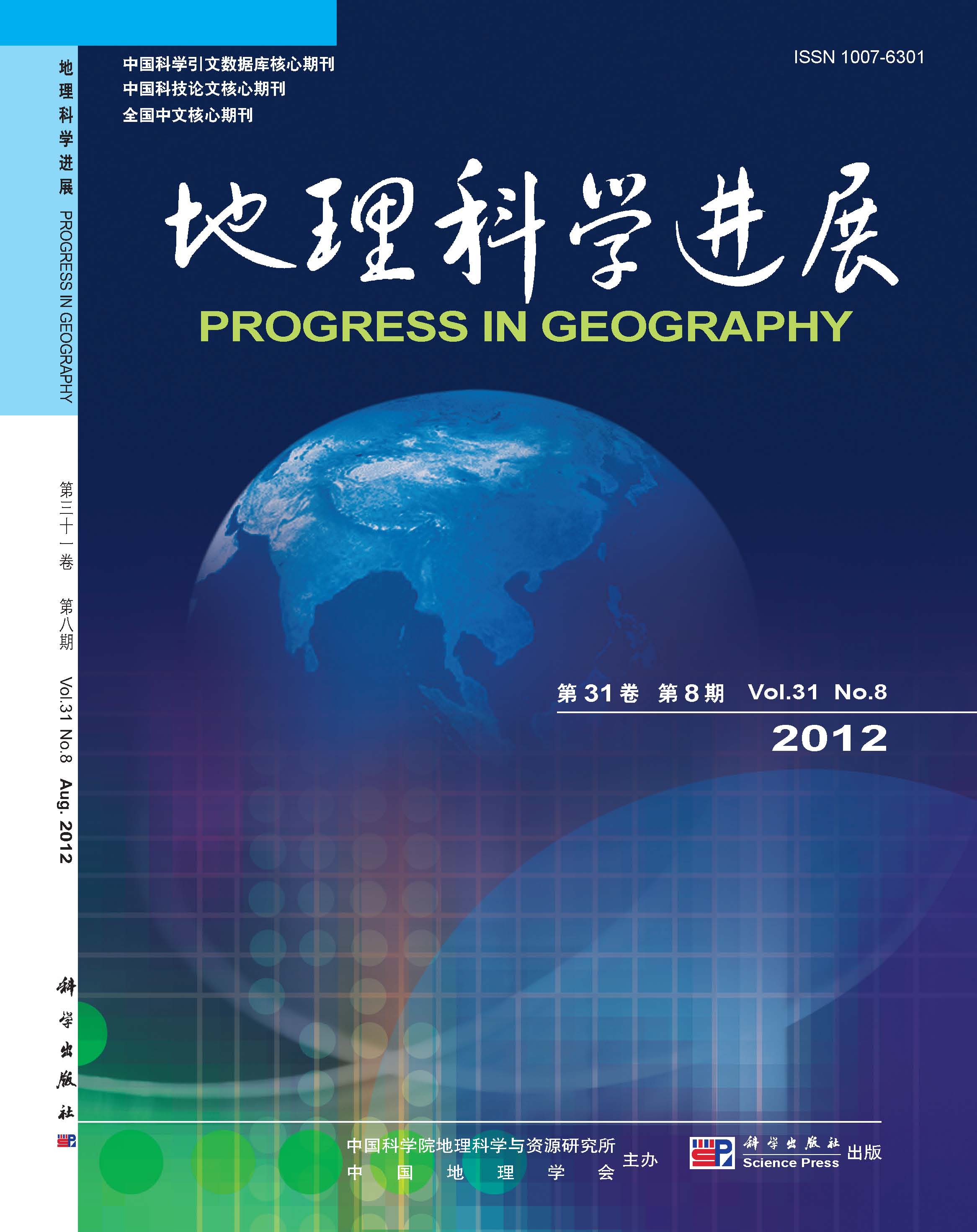Original Articles
SUN Pingjun, XIU Chunliang, WANG Qi, DING Sibao
Faced with the national conditions that China has a large population with a small amount of land, the economic development remains at a low level, the urbanization is still in the accelerated development stage and the construction land input is close to its growth limitation, thus how to allocate the land resource reasonably and effectively makes it to be an important composite for scholars in the development research. Thus urban spatial expansion has become a hot topic in recent research. However, there exist some shortcomings which include some research lacking a reasonable assessment, emphasizing large and developed cities while neglecting studies on theory and ordinary cities. Therefore, this article, starting from the basic theory on the non-conformity of urban spatial expansion, analyzed its concept and content; and built a non-coordination evaluation system, and took 246 prefecture-level cities as research units to judge non-coordination of China's urban spatial expansion; and then, from the micro-level perspective of the behavior of game, flow elements concentration and diffusion and feedback of institutional arrangements, discussed its internal mechanism; finally, from the sustainable development perspective, this article put forward some policy proposals. The result shows that: the efficiency of China urban spatial expansion is low: poor inter-regional function matching, low-level of overall urbanization—intrinsic“ population-economy-space”urbanization’s coupled coordination being low, almost all the cities remaining at a low-coupled phase, the average land growth elasticity being 1.192, cities with land growth elasticity > 1 accounting for about 26.42% of the country, therefore, it can be said that there exists serious waste of land resources; the spatial distribution of China urban spatial expansion non-conformity shows a geographical pattern of decreasing from east to west; the city functional status and the main rail lines have an important impact on China's urban spatial expansion non-conformity, the non-conformity degrees shows a trend that cities above prefecture- level city > cities of prefecture-level city, cities on the main rail line > cities that are not on the main rail lines; urban spatial expansion internal mechanism analysis reveals that, from the“ property right regional”perspective, under the current institution framework, the local governments, in order to maximize and realize their own objective function (government performance and the maximization of the disposable income of local finance), acts on the flow elements to show the affection of institution feedback; existing institution arrangements strengthen the local government’s“diffusion impulse”on the urban construction land input; finally, this article proposed some amendments to improve the current institution system on the basis of local government objective function.
